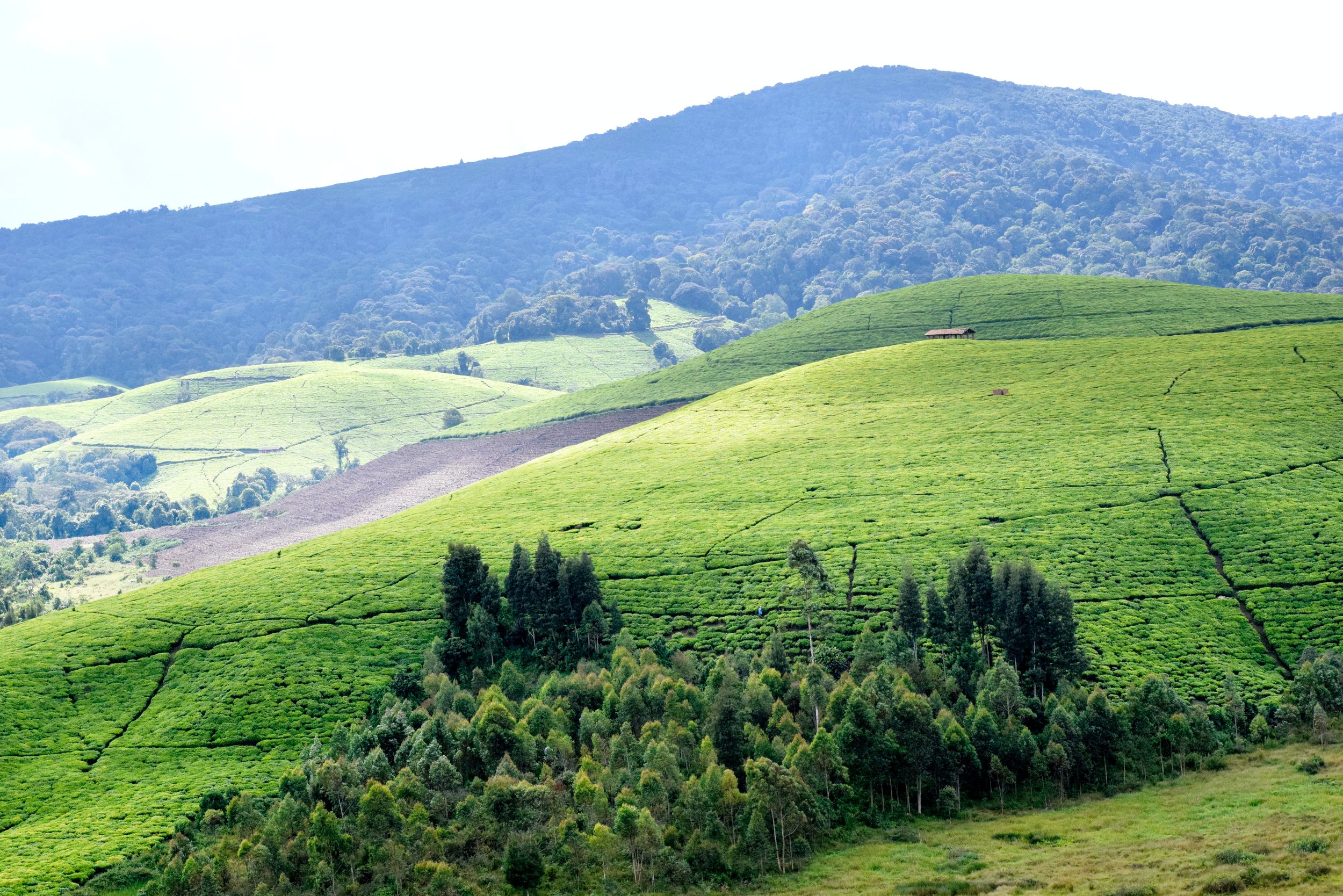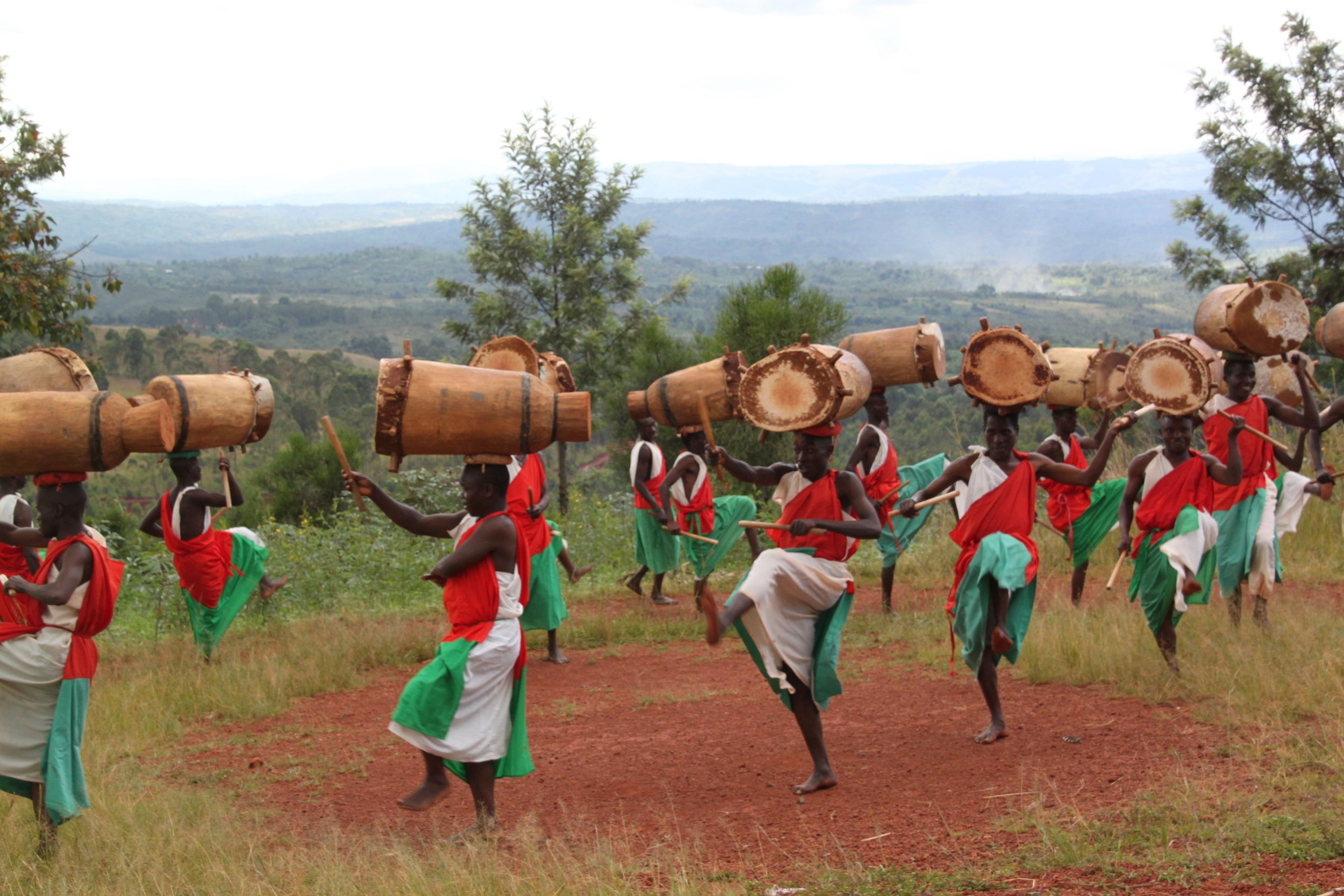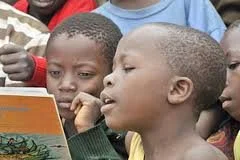
Facts About Burundi
Burundi is a country in Central Africa, bordered by Rwanda, Tanzania and the Democratic Republic of Congo. Below are some introductory facts about this nation
Official Name: Republic of Burundi
Population: 11,866,000
Age: The average Burndian is 17.7 years old, and lives to 61.5
Capital City: Gitega (135,000)
Largest Cities: Bujumbura, Gitega, Muyinga, Ngozi
Languages: Kirundi (national language), French, English
Religions: 65.3% Catholic, 26.2% Christian, 5.5% Traditional Faiths
Government: Republic; democratically elected, post-transition government - 08/26/2005.
Literacy: 37%
Human Development Index: 185th of 189 (2020)
Geography: A tropical equatorial climate on the central African plateau. It borders Lake Tanganyika, the largest source of freshwater on the continent.
Area: 225,227 sq. km. (9,740 sq. mi.)a bit larger than the state of Maryland
Lowest point: Lake Tanganyika 772 m Highest point: Mount Heha 2,670 m
Natural resources: Gold, nickel, uranium, rare earth oxides
Agriculture products: Coffee, cotton, tea, corn, sorghum, bananas, beef
Industries: Light consumer goods, and assembling imported components
Fun Historical Facts
Burundi is famous for its drummers and dancers.
Cattle are considered a good sign of their owner’s health, happiness, and prosperity. A typical Kirundi greeting, “Amashyo,” translates as “May you have herds of cattle.”
Ethnic groups of Burundi consist of the Twa, Hutu and Tutsi.
After the island Mauritius and its northern neighbor Rwanda, Burundi is the third most densely populated country on the continent.
With borders roughly parallel to its ancient kingdoms, Burundi is considered to be among the oldest countries in Africa.







